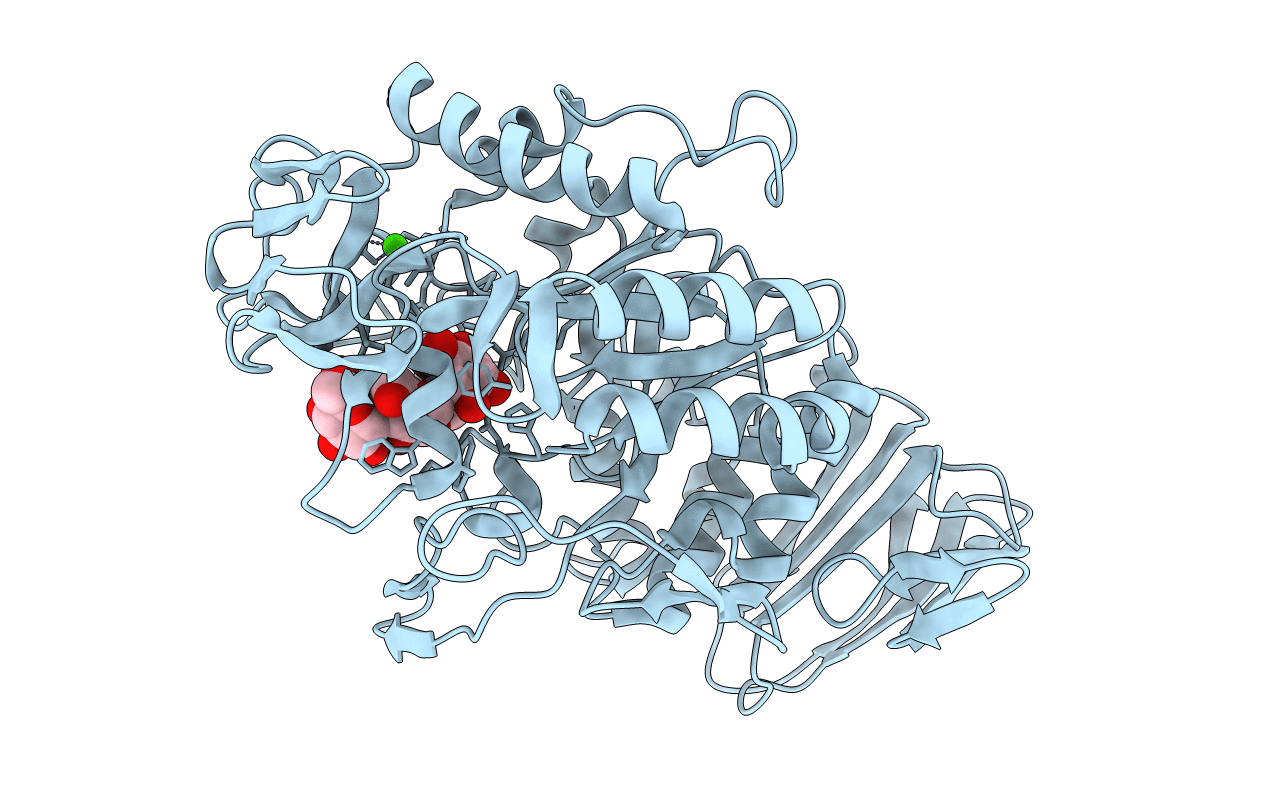
Deposition Date
1994-02-22
Release Date
1995-05-24
Last Version Date
2024-10-23
Entry Detail
PDB ID:
1PPI
Keywords:
Title:
THE ACTIVE CENTER OF A MAMMALIAN ALPHA-AMYLASE. THE STRUCTURE OF THE COMPLEX OF A PANCREATIC ALPHA-AMYLASE WITH A CARBOHYDRATE INHIBITOR REFINED TO 2.2 ANGSTROMS RESOLUTION
Biological Source:
Source Organism:
Sus scrofa (Taxon ID: 9823)
Method Details:
Experimental Method:
Resolution:
2.20 Å
R-Value Work:
0.15
R-Value Observed:
0.15
Space Group:
P 21 21 21


